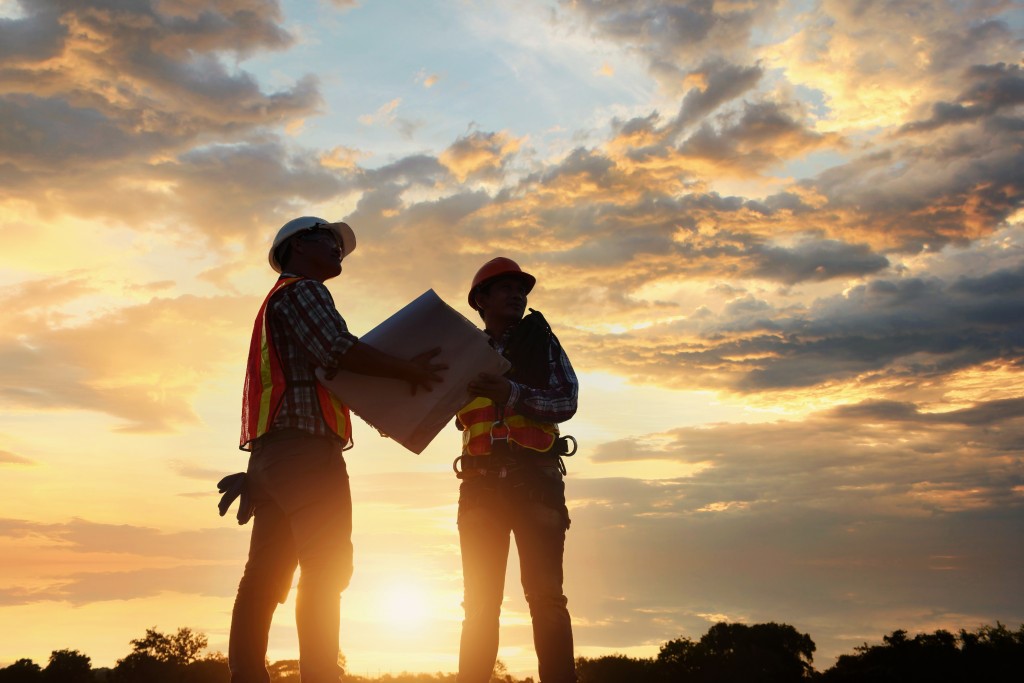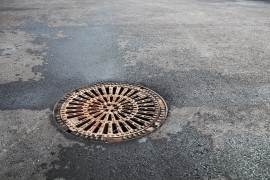Three focuses of my blog are Career Discussions, General Education and STEM. In our ever evolving economy, there will always be a need for engineers. One critical area in which they work is in our infrastructure – building and maintaining it. The following guest post is entitled, The Power of Engineering in Making the Road Safer.
* * *

When it comes to road safety, engineering plays a vital role. Engineers are responsible for designing safe and efficient roads and reducing the risk of accidents. But what exactly do engineers do to ensure roads are safe? Take a closer look at the crucial role of engineering in making the road a safer place for everyone.
1. Road Construction
Road safety engineers focus on designing roads that reduce potential risks and prevent serious accidents. This involves factors such as implementing rumble strips along the edge of highways to alert drivers if they drift off course, using wider lanes for more visibility, and using guardrails to protect vehicles from going over cliffs or embankments. Engineers may also be tasked with creating barriers between opposing traffic lanes to minimize head-on collisions.
They also design intersections and roundabouts, which help direct drivers safely through areas where multiple roads converge-an essential element for keeping drivers and pedestrians safe from harm’s way. They design these intersections to improve the flow of traffic and reduce the risk of collisions.
2. Traffic Signals
Engineers are also responsible for installing traffic signals, which aid in the coordination of vehicle movement. Signals are used to control traffic when a conflict between different users of the road arises-such as pedestrians crossing streets or vehicles merging into busy lanes. They also manage road line marking projects that indicate lanes and provide visual guidance for drivers.
Some engineers even work to design intelligent traffic control systems, which employ advanced technologies such as sensors and cameras to detect traffic flow patterns and optimize signals’ timing for maximum efficiency. Although many of these systems are still experimental, they have the potential to improve road safety in the future drastically. Many of these systems are already being deployed in cities worldwide.
3. Structural Design
Engineering plays an even more significant role in constructing bridges and tunnels. Engineers must ensure these structures are built with solid materials that can withstand ever-changing weather conditions. Before construction begins, they must consider the weight limits of any given bridge or tunnel to accommodate all kinds of vehicles-from small cars to large trucks-without any problems. Depending on the location, they may even need to design bridges or tunnels with unique features to protect against natural disasters such as earthquakes.
They are also responsible for bridging drainage systems to prevent flooding and keeping roads free from potholes or other damages. Engineers do this by using a combination of advanced materials, effective drainage systems, and innovative applications of engineering know-how. They may also need to consider any seasonal changes in the environment that could have an impact on the construction.

4. Roadside Safety
Pedestrians and cyclists often share the roads with motorists, and to keep them safe, engineers must take into account factors such as visibility, traffic speed, and road width. This could include the installation of special lighting fixtures, widening roads to accommodate bike lanes, or even creating separate paths for pedestrians and cyclists.
In some cases, engineers may develop more innovative techniques, such as embossed road markings that alert bikers and walkers when approaching a street with high-speed traffic. This technology is currently being tested in some parts of Europe and could potentially help reduce the number of accidents involving pedestrians, cyclists, and motorists. Not to mention a drastic rise in the rights and the law when it comes to safe driving, and how to handle accidents with firms like GJEL ready to help.
5. Road Maintenance
No road is perfect. Engineers must regularly inspect and repair the road surface to ensure its longevity to prevent potholes, cracks, and other damages. In some cases, they may also maintain existing roads and bridges by checking and replacing broken or worn parts. They are also tasked with designing more resilient and efficient road materials that can withstand extreme weather conditions better.
Of course, they also play a part in redirecting traffic when these road maintenance activities occur. This usually involves the installation of temporary traffic lights, signage, or road markings to guide drivers around any closures or detours. They may also be required to coordinate with local authorities to minimize disruption. Road maintenance can be completed faster and more effectively when traffic is managed correctly.
Engineering plays a vital role in ensuring road safety for everyone on the streets today. By designing safer roads with features such as rumble strips, stronger bridges and tunnels able to handle all types of vehicles, traffic control systems like traffic lights and signs, as well as intersections and roundabouts – engineers are helping make sure our roads stay safe for everyone who uses them! Ultimately, this helps reduce congestion while simultaneously increasing efficiency – key elements necessary for keeping everyone safe while traveling on the road.
